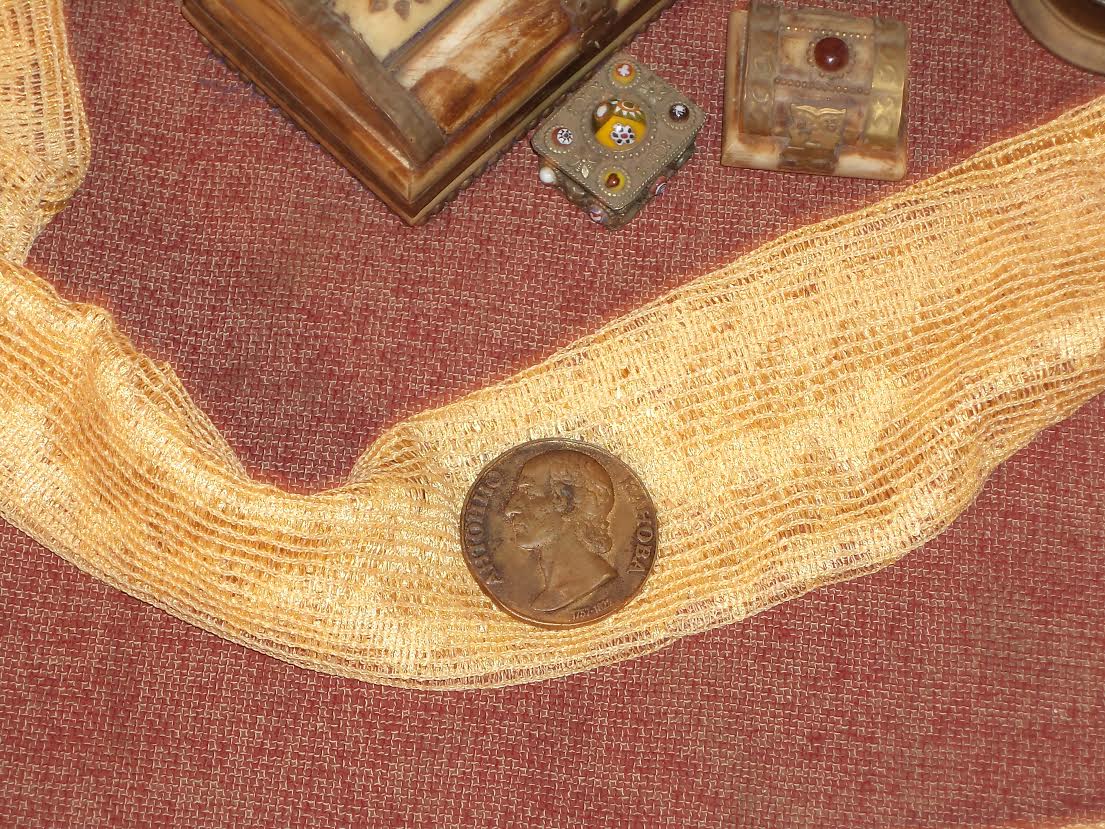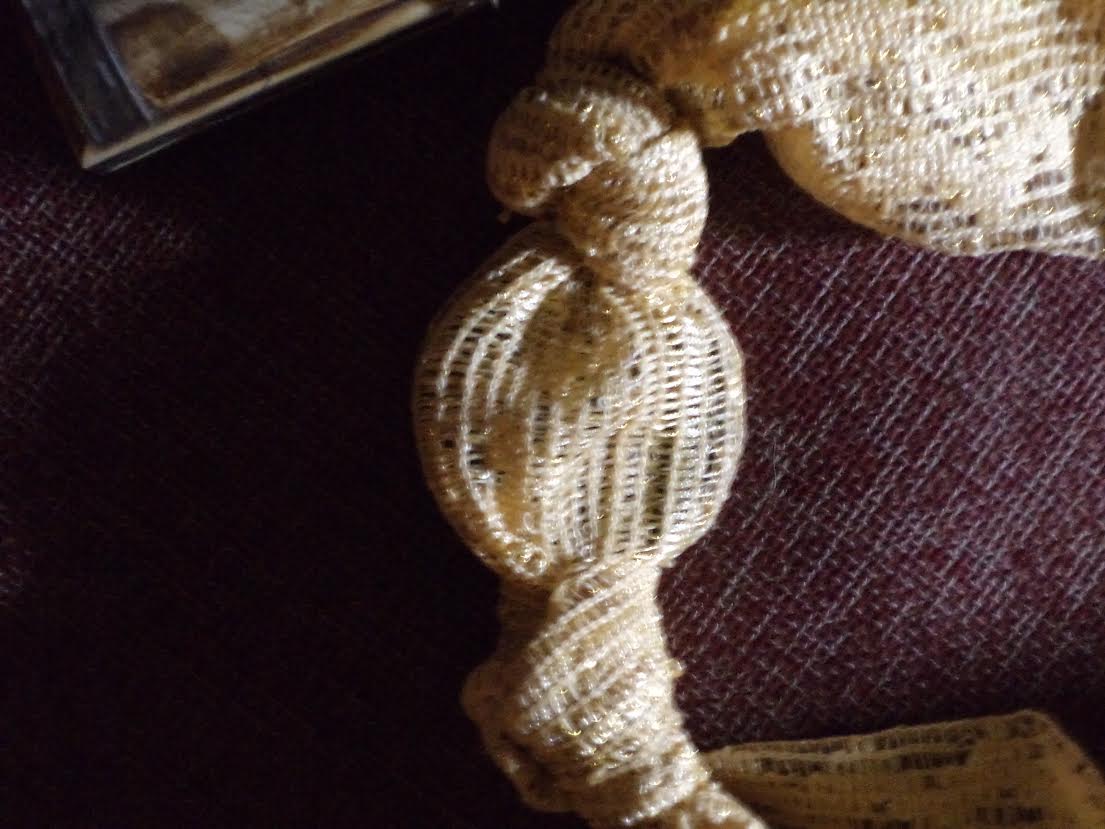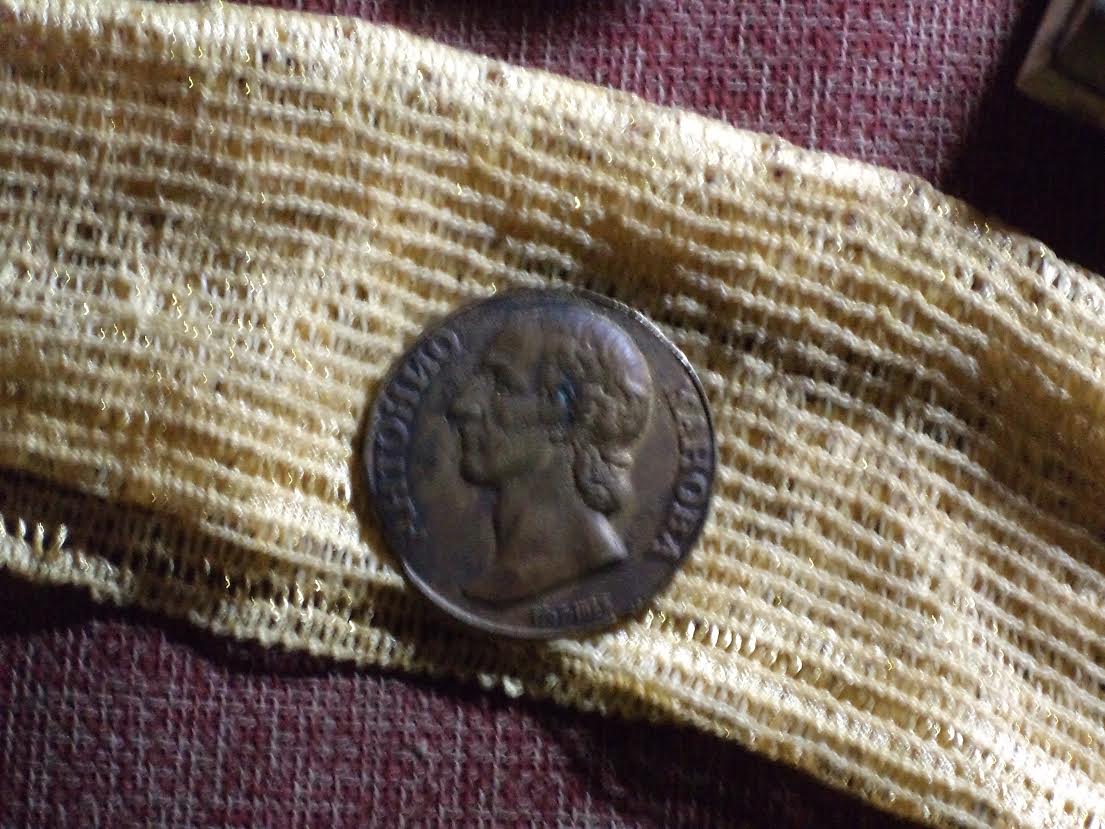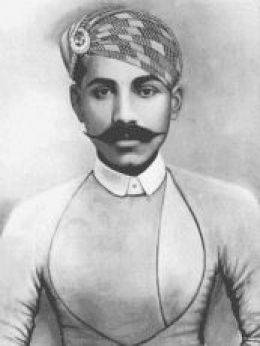
|
|||
Serial Killer Thug Behram and The Canova Medallion - Unexplained Mysteries of Thugee
Submitted By : Naintara Deshpande - Edifice Publications
From 1790 till 1841, during the advent of British rule, Thug Behram managed to kill 931 people. This was the period of East India Company in India and later on after the execution of Thug Behram manuscripts were written about his cold-blooded killings and his psychology by James Paton, then the East India Company officer. Thug Behram used his cummerbund as a rumal to execute his killings, with a large medallion sewn into it. With practiced skill he could cast the rumal so as to cause the medallion to land at the Adam's apple of his victims, adding pressure to the throat when he strangled them. Today the sinister Canova medallion, reputed to have been used in at least 65 murders, along with an aged hand-written document of 1831 supporting Behram's son Ali's continuance at an Indigo factory (Correspondence from the Quarter Master General’s office regarding the Indigo Factory in the Sepoy Lines at Vellore) are preserved in a private museum. He was executed in 1840 for killing more than 900 people. The mystery of the whereabouts of about at least a dozen hoards of buried treasure in gold, silver and precious stones, the stockpile of the world’s most prolific murderer, remains a mystery. All that is left of the killer’s belongings for us to see today is a curious medallion. Once the purpose of the medallion was established during the 1839 “Jabalpore Trials” Magistrate Sleeman mostly dismissed it as a mere fetish of the Thug, much as holy Hindu amulets, lucky charms and talismans were a common feature among the personal belongings of native prisoners when they were captured and disarmed. The English word 'Thug' is in fact borrowed from the word 'Thuggee', although the use of the word today differs from the true reality of the 'Thuggee'. The 'Thuggee' were covert and operated as a member of a group, and the term typically referred to the killing of a large number of people in a single operation. This distinguished the term from simple armed robbery as they would target groups of travellers and kill them in one go, before taking their possessions. Called the “Canova Medallion” by the British, it is a large medal (not a coin or pendant) that was utilized by the notorious Indian thug Behram to commit murder by strangulation between 1820 and 1840. In 1840, Behram was arrested and tried in a small courthouse in Jabalpur by the English Magistrate Col. Henry Sleeman. In 1920, some 80 years after his execution, a story about the notorious thug was published in a newspaper called Taj, an Urdu daily published from Jabalpur, whose editor at that time was a young man named Abul Ala Maududi. An artist’s impression (sketch) of the Canova medallion appeared in the newspaper with the caption in Urdu- “An Italian coin seized from thug Behram, as drawn by a writer of the Kutcheri”. In the absence of photography in those days (1830s), the writer or artist at the Kutcheri (court) had faithfully sketched and recorded the item in fine detail, with the likeness of the great Italian artist Antonio Canova on one side and an image of his famous “Three Graces” on the other. There was no mention as to how Behram came in possession of such a medallion. But it was also reported to weigh 90 grams and had a diameter of about 2.3 inches. It was part of the items sized from Behram and for a while an important exhibit during his trial, its sinister purpose having been corroborated by his fellow thugs who were captured by Sleeman. Behram kept the medallion sewn in his silken cummerbund which he would skilfully use to throw around a victim’s neck. The weight of the metal together with his practiced dexterity made sure that the medallion landed on the victim’s adam’s apple enabling Behram to perform a quick and effective strangulation. A few months after the publication of the article by the Taj, the young Abul Ala Maududi was visited by a family who claimed to be descendents of the late Thug. They explained that they were residents of Nizamabad (a town in the Nizam’s territories or present day Andhra Pradesh) and had travelled to Jabalpur to sell various personal effects of the late Behram if Abul Ala Maududi were to find buyers for them. What the other items were is not known but Maududi, a staunch Muslim, did not want to have anything to do with the infamous medallion. Their antecedents as well as their supposed reverence to Kali, the Hindu goddess appalled Maududi. The medallion remained with the thug’s family for decades till recent times, before it was acquired by a numismatist from Bangalore for his private collection. 
They were pocketed by the East India Company officials. It only complicated matters for the approver Behram, as despite stating the truth of his deeds before the jury, the proof in the form of his booty never arrived for the judge to see. British greed had betrayed British justice. Behram withdrew into a state of brooding and gloom, and subsequently took an oath of silence for life. This oath prevented further trial of the Thug as he refused to speak even under torture. Something never carried out before by the English courts had to be done now. A King’s Approver had to be hung. Thus despite his confession and turning Approver, he never stood trial for his crimes and was executed. Following Behram’s execution in 1840, Ali continued to be in a state of detention as the Company officials were certain the notorious thug may have revealed to his son the location of the rest of the booty. Ali was taken to Vellore cantonment and in an act of dubious kindness allowed to run an Indigo factory in the sepoy lines. For some years he was constantly harangued by East India Company officials to reveal the location of Behram’s treasures.  But in spite of the abnormal presence of an Indigo factory run by a civilian Muslim in the midst of a British cantonment, the factory was never removed or relocated. Even if a new Company official unfamiliar with Ali’s history tried to do so, instructions in writing would immediately arrive from the influential and greedy coterie of bounty hunting officials of the East India Company justifying the continuance of the Indigo factory in their cantonment. There was no way that they were setting Ali free until he revealed all that he knew. In fact one such document (Correspondence from the Quarter Master General’s office regarding the Indigo Factory in the Sepoy Lines at Vellore) somehow came into Ali’s possession and remains in existence even today along with the infamous Canova medallion. At some point in time, Ali is believed to have escaped from the Vellore cantonment to the Nizam’s kingdom of Hyderabad and later reunited with his mother at Awadh in north India. Conditions being unsafe at Awadh he brought his mother as well as the rest of Behram’s family members to Nizamabad in Hyderabad state where their descendants live incognito up to this day. As inscrutable as it was for the British to establish where Behram had acquired the medallion, the mystery of the whereabouts of Behram’s buried treasures, estimated by East India Company officials to be worth about “Rupees six lakhs”, a very handsome sum in 1840, most of them yet undiscovered, continue to intrigue people even today.  comments powered by Disqus Submit News/Videos/Links | Discuss article | By - Naintara Deshpande - Edifice Publications | More Unsolved and Unexplained Mysteries |
More can be addded on request. Direct your requests at vinit@theunexplainedmysteries.com
